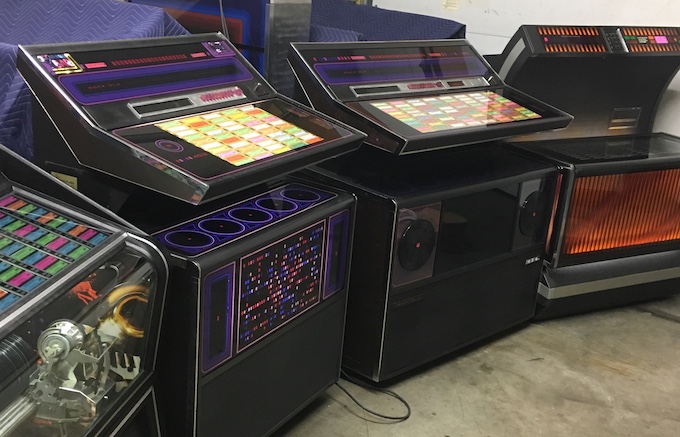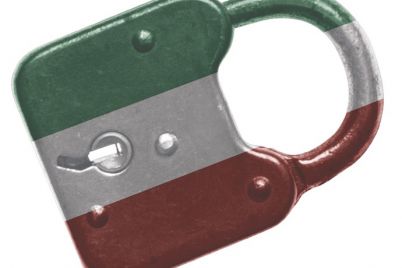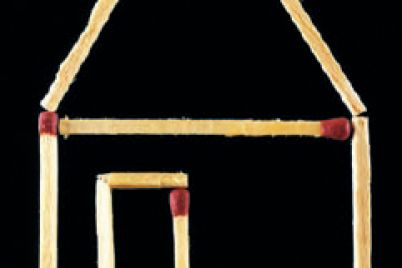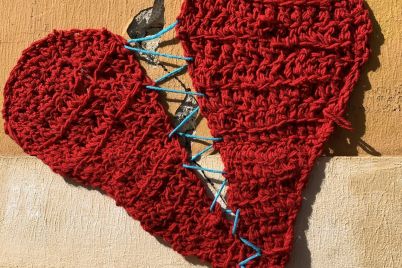How do you pass the time when you are under Covid lockdown during a bone-chilling winter in the middle of February in Northern Ontario? Walking outside becomes problematic, unless you are wrapped from head to toe in weighty, woolen layers of clothing. My husband and I had walked almost every day, enjoying the beautiful parks in our city, until the polar chill arrived. To keep our minds and spirits active, we pursued different creative interests, and diplomatically retreated to our respective areas of the house. He spent time restoring vintage items in his command centre, the heated garage. I spent time in my second-floor office painting, researching, reading and writing. The following story describes my husband’s favourite pastime as seen through the eyes of our grandchildren during one of their visits.
***
Luca and Michael giggled as they slowly opened the door to Nonno Luigi’s garage. The door was heavy and made a squeaking sound as they pushed against it. They tried to imagine what was making all the beeping, whirring and ringing noises inside. Their inquisitive minds were full of questions. Was someone watching a movie or playing music in there? What had Nonno been building in the garage, and why did it take so much time?
What do you usually find in a nonno’s garage? There are cars, bikes, a good shovel, a snowblower for the cold winters, garden tools, containers to make tomato sauce, and, of course, a wine press. But in Nonno Luigi’s garage, you never knew what treasures there might be.
The primary purpose of a garage – the storage of vehicles – had long been abandoned in favour of the restoration and repurposing of vintage items. In a previous incarnation, the garage housed a small conservatory to overwinter delicate plants in the cold northern climate. There was the ubiquitous fig tree, oleander plants, and a bay leaf tree from Nonno’s village that grew to be ten feet tall.
Nonno Luigi was born in Rogliano, Cosenza, Italy. His father worked building railway tunnels through the mountains, so the family moved often. They lived in Cuneo, a village at the foot of the Alps on the French-Italian border. Then they moved to Scalea, a beautiful beach town in Southern Italy. The Mediterranean beaches were an expansive playground where he dove for fish, snorkeled and played in the sand. In 1967, he and his family immigrated to Port Arthur, Ontario to join his uncle Carmine. It must have been quite a shock to leave the beauty and climate of Scalea, and arrive in Northwestern Ontario during the month of November.
As a child in Italy, Nonno had to be resourceful and creative to make his own simple toys from bits and pieces of repurposed machinery and found objects. He used ball bearings to create the wheels for toy cars he constructed. By peeling and curving young tree branches, he fashioned a bow and arrows. Brandy bottle stoppers were retrieved for use as marbles by Nonno and his friends. When Luca and Michael learned that Nonno made his own toys, they were incredulous and concerned. This was inconceivable for a generation whose toys magically appear on the front porch in Amazon boxes.
To pass the time, Nonno read and re-read brightly-coloured comic books such as Blek Macigno, an American revolutionary hero who fought the British, and Captain Miki, the captain of a Ranger troop in Nevada. Little did he know that some day he would live in Canada, a country that must have seemed like it was at the end of the Earth to the young boy.
Luca and Michael peeked through the narrow crack into the garage. They could see blinking lights and tall cabinets with pulsating music and psychedelic graphics. Finally, they gave one strong push together and the door flung open. They gingerly stepped into the garage, slowly let go of the door, and looked around. To their amazement, they saw a wall of tall machines lit up with flashing lights and images of superheroes in flight. Nonno was hunched over an electrical board, looking at the tangle of wires and carefully cleaning each one. He had an entire cabinet full of tools, paints, wires and pieces of vintage technology to help him in the restoration process.
“What are you doing, Nonno?” asked Michael.
“I’m checking the wires to make sure they all work,” he responded.
With the patience of a saint, he tested each wire, then rewired the boards for each console.
Luca and Michael spotted a machine full of candies and toys. This was just too irresistible.
“Nonno, can we try out the orange machine?” asked Luca.
“Sure,” he replied.
The “Candy Machine” was fluorescent orange. It was full of penny candy, miniature chocolate bars, candy canes and Santa Claus figurines. By using the joystick, the boys manipulated metal claws to grasp one of the goodies and raised them up to the top where they were quickly snatched and devoured.
Then, they proceeded to the shiny jukeboxes and the video consoles. Nonno opened up one of the jukeboxes so that they could see the mechanisms that played the records. They were mesmerized by the slow mechanical movements, and the clicking and whirring sounds of the 45s gently dropping onto the record player.
How did Nonno make all of these machines? He started by finding a vintage cabinet. They usually came from the obscurity of a basement, vintage store or storage container. He cleaned off the dust and removed the maze of tangled old wires. Through trial and error, he rewired the entire board that powered hundreds of games. Then, he thoroughly cleaned the outside of the cabinet, removed the old bits of paint and resurfaced it. Brightly coloured decals of comic book characters and superheroes festooned the cabinets, and brought the vintage characters back to life for a new generation. The cabinets were restored to their former glory when they were centrepieces of an arcade or a rec room in the 1970s. This process involved a cross-pollination of materials and restoration techniques from different decades. New electronic boards with hundreds of video games could be installed in freshly restored vintage cabinets from decades past. In fact, a cabinet could consist of a vintage wine barrel, a beer keg or even an old ATM machine. By scouring vintage stores, Nonno collected a wide variety of 45s to fill the jukeboxes, reflecting different eras and musical genres.
Luca and Michael continued to play their favourite games and ran from vintage jukeboxes to video game consoles. The garage was now a rustic playground for the young and the old. Interestingly, a visit to this vintage arcade playground elicited a similar response from Nonno’s friends who were well into their 50s, 60s or 70s. It was a nostalgic journey back to their youth, when they played pinball in an arcade instead of doing their homework. The music emanating from the jukeboxes brought back memories from the 1950s to the 1980s. The same excitement and delight were present for both age groups. For Luca and Michael it was the novelty of playing games they had never seen. For Nonno’s contemporaries it was the nostalgia and music of the bygone era of their youth.
In many ways the spirit of a child resides within all of us. Our longing to create, restore and repurpose stays with us throughout the years, bridging the generations and creating new memories. The resourcefulness, creativity, imagination and artistry that Nonno acquired in his youth served him well as he lovingly restored vintage technology. Now that he completed his latest project, it was time to breathe new life into another classic cabinet and restore it to its former glory for the young and old to enjoy.
Dr. Frances Garofalo is a former superintendent of education, author, artist, photographer and researcher. She is currently researching the role of women in the post-war immigration process to Canada. She lives in Thunder Bay, Ontario.





